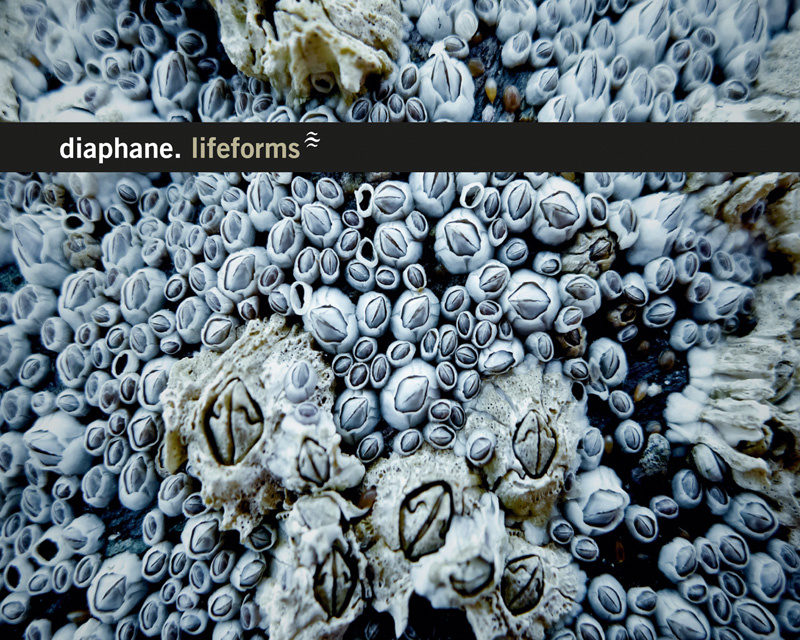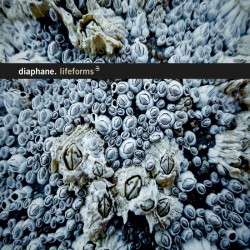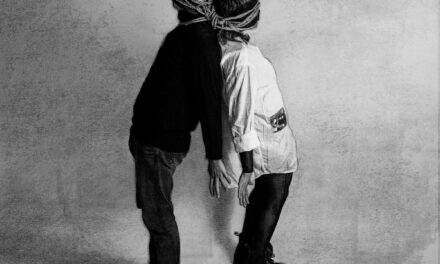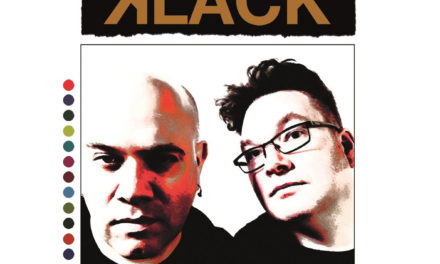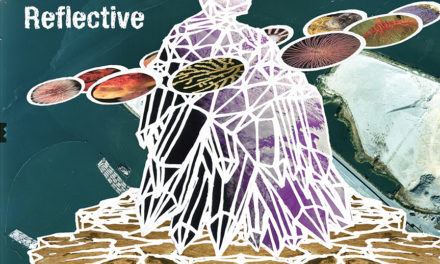Diaphane
Lifeforms
Ant Zen
There’s never really been an adequate descriptor for the kind of music Diaphane makes, at least insofar as genre goes. Various projects and labels (notably M-Tronic, Tympanik and Ant-Zen sublabel Hymen) have explored the potent mixture of deep composition, technoid rhythms, and rich sound design that Ab Ovo member Régis Baillet is now plying in his solo project, but as a style it’s always felt too rarified and multifaceted to pin to one genus. It could also be that by their very nature producers like Diaphane are too fluid to accurately categorize; as evidenced by his new album’s rapidly cycling form, Baillet is in no hurry to settle into doing any one thing.
In a field where intellectual concerns like sound design are paramount, the music on Lifeforms makes a strong case for analysis from a more impressionistic standpoint. A song like “Interstice” shows deep complexity in its mix of natural piano tones, subtly evolving pads and skittering drum sounds, but what makes more of an impact are the microbuilds of tension and release as those elements bounce off one another, taking on new significance and meaning as they interact. “Fracture” takes on some of the now familiar subbass and syncopated rhythms of dubstep, sounds we’re accustomed to hearing everywhere from clubs to car commercials, but deploys them cleverly, teasing the listener with hints until hearing them fully emerge feels cathartic in a way they rarely are allowed to be.
Despite being very traditionally musical (very few moments pass without some recognizable melody and songs often seem to shift in movements like a classical piece) I find myself thinking about what Diaphane does in terms of shapes and movement rather than specific sounds. While I certainly wouldn’t take anything away from Baillet as a technician and designer, I’m more carried away by Lifeforms when I stop zeroing in on individual elements and start paying attention to the greater whole. Like a camera coming into focus, the disparate sounds of the title track coalesce in ways that its deeply vocoded vocal sample, ratchetty bass and coatings of digital reverb don’t suggest when taken on their own. Similarly, the rhythmic noise elements of the busy “Metastable” seem impassable until you allow your ears to adjust to the aggression and hear small washes of sound slide between the cracks, tiny tendrils that end up dictating several shifts in tempo and structure.
I often find it hard to gauge how much I actually enjoy a record like Lifeforms, as opposed to how much I appreciate the intricateness and expertise of its construction. Even for an album that tricks the ear into listening differently and makes excellent use of space and timing, there’s an impassive quality to many of these songs that can lull the listener into a state where they aren’t fully paying attention. The upshot of this is that it makes bursts of energy like the dense climax of sting sounds and warbling bass on “L’eau Vive” all the more gripping. The obvious downside is that it’s sometimes too easy to let the mind wander, and not really appreciate the work beyond its various peaks. At the very least it’s a complex and expert piece of work that speaks to Diaphane’s abilities in numerous arenas; like whatever hybrid genre might eventually claim it Diaphane has many sides and each has the capacity to engage the audience in different and interesting ways.

